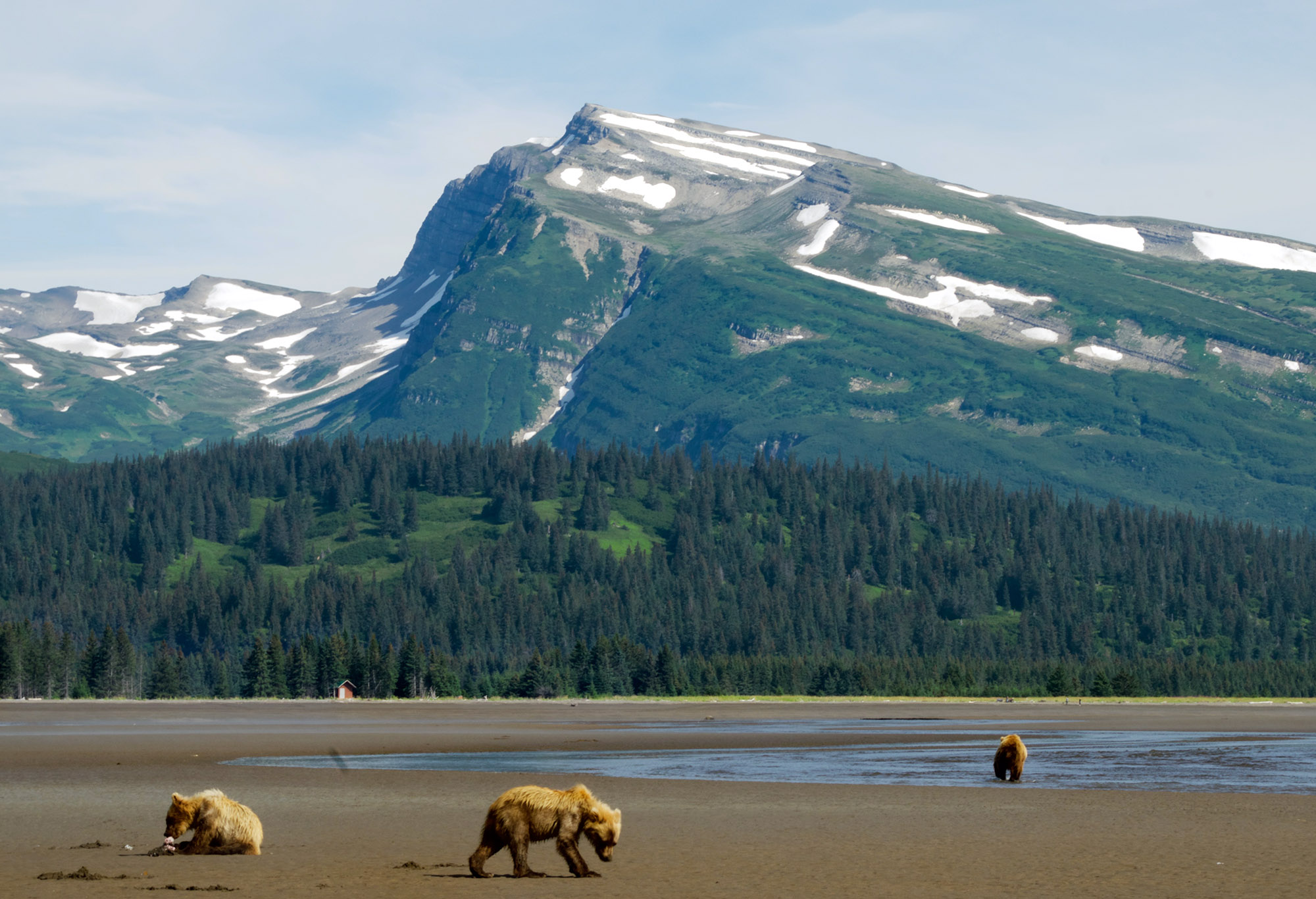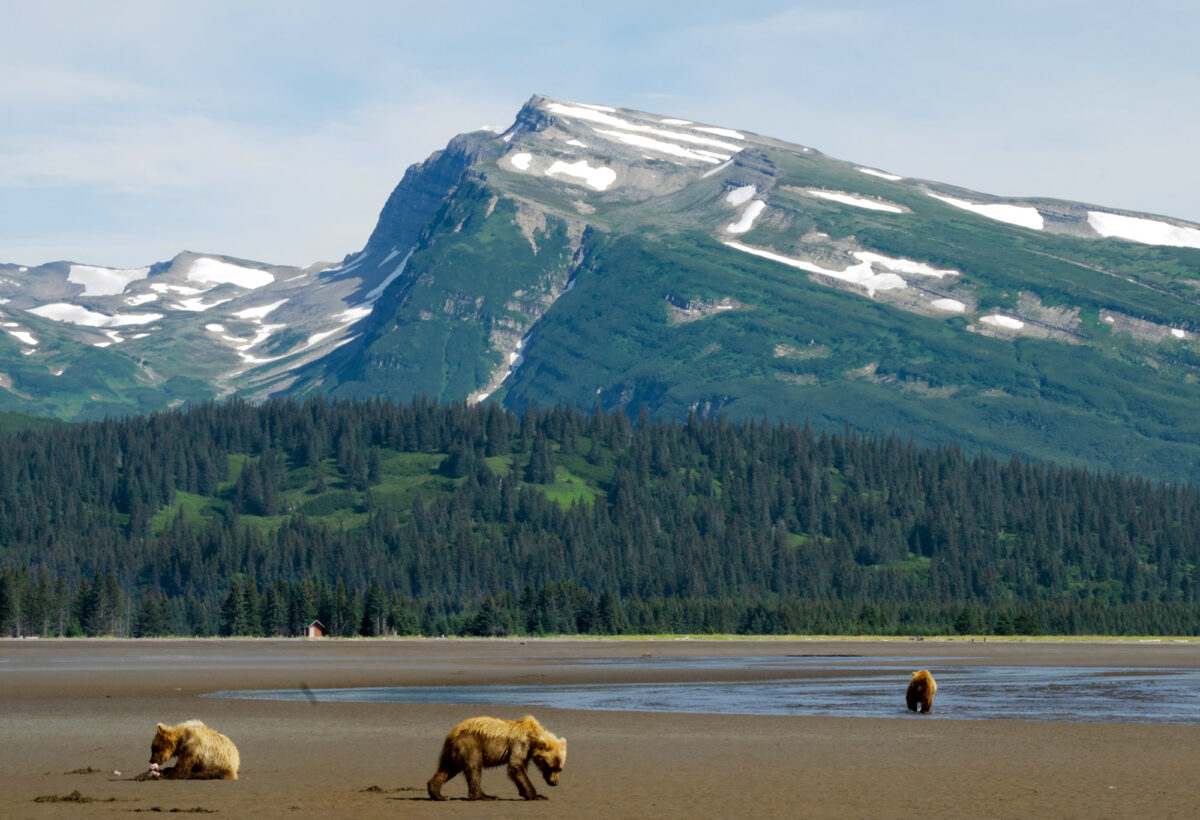No road will lead you to Alaska’s remote Lake Clark National Park and Preserve. Those who wish to explore the area’s wild and enchanting landscapes must board a plane or boat. After an adventurous journey to the park, visitors step into a fantastic world with natural beauty as far as the eye can see. Lively meadows, frosty mountain peaks, thriving waters, and even stunning volcanoes welcome guests who want to immerse themselves in pristine outdoor environments. If you’re curious to discover more about Lake Clark National Park and Preserve, here are all the incredible details you will want to know.

What makes Lake Clark National Park and Preserve special?
As the National Park Service (NPS) explains, “Lake Clark preserves the ancestral homelands of the Dena’ina people, an intact ecosystem at the headwaters of the largest sockeye salmon fishery in the world, and a rich cultural wilderness.”
The Dena’ina people know Lake Clark as Qizhjeh Vena. This community’s “traditional ecological knowledge” connects them to the land in a way few, if any, others can. Qizhjeh, or Kijik (Qizhjeh) National Historic Landmark and Archeological District, houses over a dozen sites that speak to Dena’ina history in the area. Today, students of the Quk’ Taz’un, ‘The Sun Is Rising,’ Dena’ina outdoor learning camp can directly engage with this history.

This protected landscape also thrums with wildlife. Brown bears graze near the gorgeous Chinitna Bay, salmon swim in the waters of Crescent Lake and Silver Salmon Creek, and caribou hoof through the park’s tundra plains. Historic public use cabins invite visitors to experience a rustic night in the wilderness, but guests seeking a more intense experience can backpack and camp throughout the park.

Hikers will also enjoy exploring Lake Clark’s Tanalian Trails. From Beaver Pond Trail to Tanalian Mountain, the park’s beautiful natural landmarks make the journey worth it. Of course, no visit to Lake Clark National Park is complete without a trek to see the volcanoes and glaciers. Explore a park map to plan your route, and check out the Lake Clark NPS site to learn more about the area’s iconic sights.
